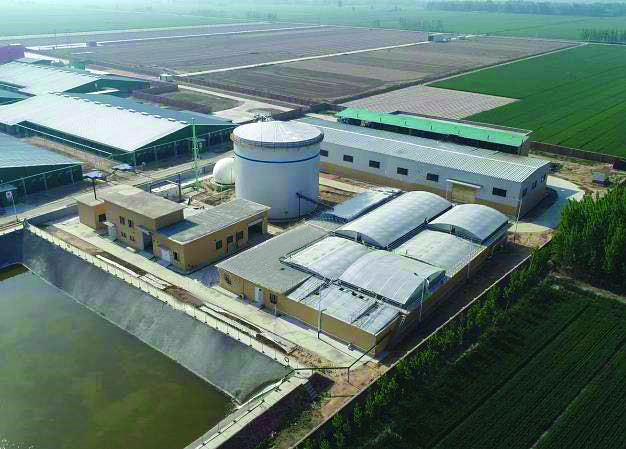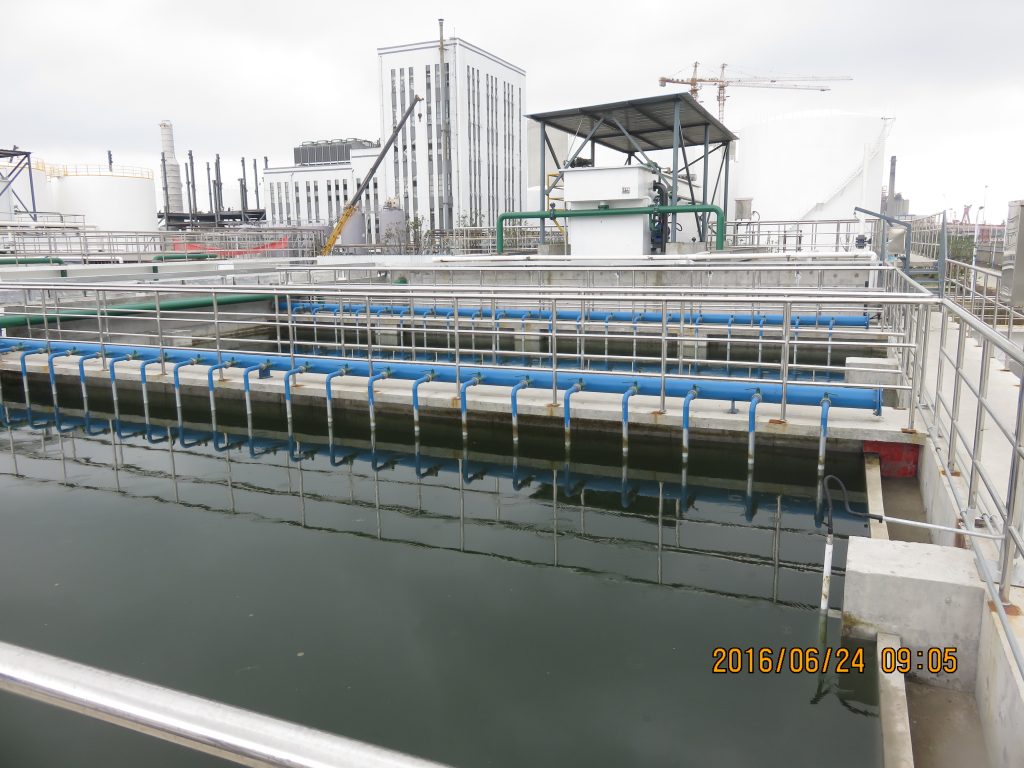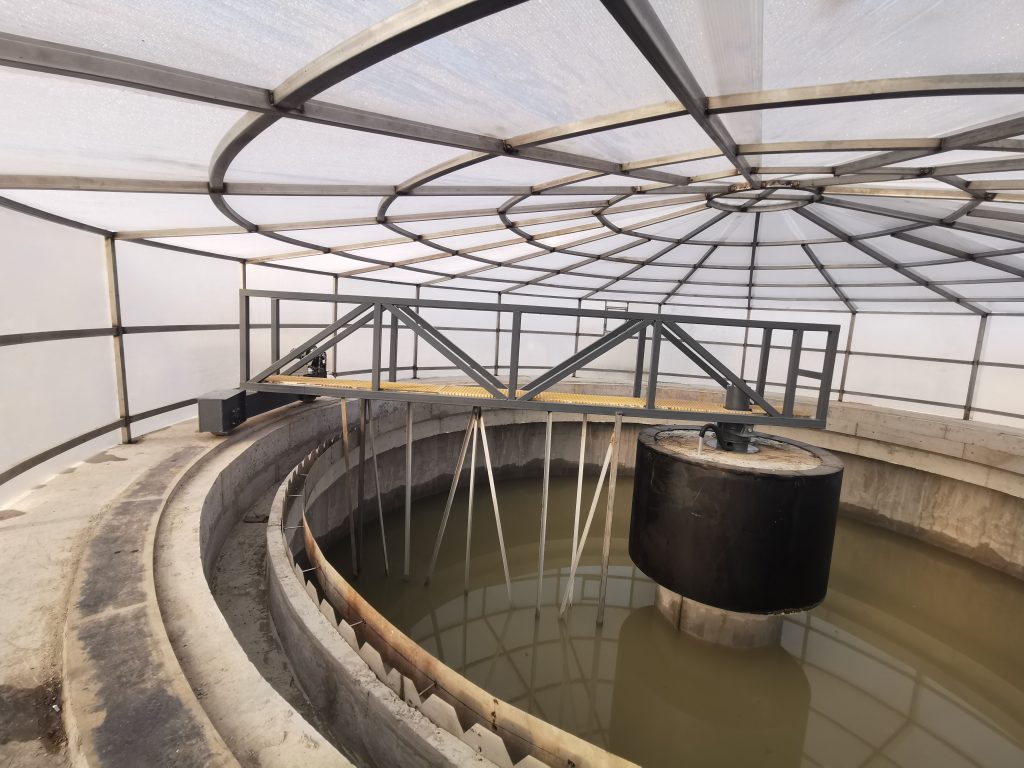Master these 20 Essential Wastewater Treatment Facts and Become an Environmental Industry Expert!
1.What is eutrophication of water bodies?
Eutrophication of water bodies is a natural phenomenon that occurs in freshwater when there is an excessive presence of nitrogen, phosphorus, and potassium, leading to sudden and excessive growth of algae.
2.What are the basic methods of wastewater treatment?
The basic methods of wastewater treatment involve using various techniques and processes to separate, remove, recycle, or convert the pollutants present in the wastewater into harmless substances, thereby purifying the water.
3.What is wastewater pretreatment?
Wastewater pretreatment refers to the preliminary treatment conducted before the biological treatment. As biological treatment methods are cost-effective and operationally stable, they are commonly used for industrial wastewater treatment. However, wastewater may contain organic substances that inhibit or are toxic to microorganisms. Therefore, necessary pretreatment is required before the wastewater enters the biological reactor to reduce or eliminate such inhibitory or toxic substances, ensuring the proper functioning of the microorganisms in the bioreactor.
4.What is the purpose of a wastewater collection tank?
The purpose of a wastewater collection tank is to collect, store, and equalize the water quality and quantity of wastewater.
The wastewater discharged from different production areas is typically uneven and subject to significant fluctuations, which can negatively affect the normal operation and treatment efficiency of wastewater treatment facilities. Therefore, a wastewater collection tank with a certain volume is installed before the primary wastewater treatment system to store and homogenize the wastewater, ensuring the proper operation of the wastewater treatment equipment and facilities.
5.What is the biological treatment of wastewater?
Biological treatment of wastewater refers to the effective removal of soluble organic substances and some insoluble organic substances from wastewater using the life activities of microorganisms, resulting in water purification.

6.What is Dissolved Oxygen (DO)?
Dissolved Oxygen (DO) represents the amount of oxygen dissolved in water and is measured in units of mg/L. Different biological treatment processes have different requirements for dissolved oxygen. In an aerobic process, the dissolved oxygen in water generally ranges from 0.2 to 2.0 mg/L, while in the Sequential Batch Reactor (SBR) aerobic process, it typically ranges from 2.0 to 8.0 mg/L. Therefore, the aeration rate and duration are smaller and shorter in the aerobic tank, while they are much higher and longer in the SBR aerobic tank. For contact oxidation, the dissolved oxygen is controlled at 2.0-4.0 mg/L.
7.What factors affect the dissolved oxygen content in wastewater?
The concentration of dissolved oxygen in water can be described using Henry’s Law: C = KH * P, where C represents the solubility of oxygen in water at equilibrium, P represents the partial pressure of oxygen in the gas phase, and KH is the Henry’s Law constant, which is temperature-dependent. Increasing aeration effort brings the dissolved oxygen closer to equilibrium, but at the same time, the activated sludge consumes oxygen. Therefore, the actual dissolved oxygen content in wastewater is influenced by factors such as water temperature, effective water depth (affecting pressure), aeration rate, sludge concentration, salinity, and more.
8.What are the characteristics of a secondary sedimentation tank?
The characteristics of a secondary sedimentation tank are as follows: It not only performs the separation of sludge and water but also concentrates the sludge. Due to variations in water quality and quantity, it is also used for temporary sludge storage.
9.What are the five measurement parameters for water in wastewater treatment?
The five measurement parameters for water in wastewater treatment mainly refer to Biochemical Oxygen Demand (BOD), Theoretical Oxygen Demand (thOD), Total Oxygen Demand (TOD), Chemical Oxygen Demand (COD), and Total Organic Carbon (TOC).
10.What factors are related to microorganisms?
Microorganisms require appropriate environmental factors in addition to nutrients to survive, such as temperature, pH value, dissolved oxygen, osmotic pressure, and more.
11.What is the proportion of various nutrients required for microorganisms in wastewater?
Microorganisms, like plants and animals, require essential nutrients for growth and reproduction. The main nutrients required by microorganisms are carbon, nitrogen, and phosphorus. There are certain requirements for the composition ratio of the main nutrients in wastewater. For aerobic biological treatment, the typical ratio is C:N:P = 100:5:1 (by weight).

12.Within what temperature range do microorganisms grow and reproduce optimally?
In wastewater biological treatment, the optimal temperature range for microorganisms is generally 16-30°C, with the highest temperature ranging from 37-43°C. Microorganisms cease to grow when the temperature drops below 10°C. Within the suitable temperature range, for every 10°C increase, the metabolic rate of microorganisms and the removal efficiency of COD (Chemical Oxygen Demand) increase by around 10%. Conversely, for every 10°C decrease, the COD removal efficiency decreases by 10%. Therefore, during winter, the biochemical removal efficiency of COD is significantly lower compared to other seasons.
13.What is the optimal pH range for microorganisms?
Microbial activities and substance metabolism are closely related to pH. Most microorganisms have an adaptation range of pH between 4.5 and 9, with the optimal pH range typically between 6.5 and 7.5. When the pH drops below 6.5, fungi start to compete with bacteria, and at pH 4.5, fungi dominate in the bioreactor, severely affecting sludge settlement. When the pH exceeds 9, microbial metabolic rates are hindered. Different microorganisms have different pH adaptation ranges. In aerobic biological treatment, the pH can vary between 6.5 and 8.5, while in anaerobic biological treatment, microorganisms have stricter pH requirements, usually between 6.7 and 7.4.
14.What are the different types of sedimentation tanks based on water flow direction?
Sedimentation tanks can be classified into several types based on the direction of water flow within the tank: concurrent flow, inclined flow, radial flow, and vertical flow.
15.What are the commonly used chemical precipitation methods in wastewater treatment?
Hydroxide Precipitation: In this method, insoluble hydroxide precipitates are formed by adjusting the pH to separate heavy metal ions. Common precipitants used are lime and caustic soda.
Sulfide Precipitation: By adding precipitants such as hydrogen sulfide or sodium sulfide to the wastewater, insoluble sulfides are formed, which then precipitate.
Carbonate Precipitation: Carbonate precipitation is effective for the removal of high-concentration heavy metal wastewater. Metal ions form insoluble carbonates with low solubility products. Carbonates can be added for recovery purposes.
Halide Precipitation: This method involves the precipitation of metal ions as halides. Lime is added to form calcium fluoride (CaF2) precipitate in the case of silver chloride precipitation or complex precipitation.
Ammonium Magnesium Phosphate Precipitation (commonly known as struvite precipitation): It is used for the removal of ammonia nitrogen from highly toxic wastewater that cannot be treated by biological methods. It forms MgNH4PO4·6H2O precipitate.
Reductive Precipitation: This method is used for the treatment of wastewater containing high-valence metal ions. For example, in the leather industry, where chromium-containing wastewater needs treatment, hexavalent chromium must be reduced to trivalent chromium before precipitation with lime.

16.What are the components of the activated sludge process?
The activated sludge process consists of several components: an aeration tank (also called the aerated or oxidation tank), a sedimentation tank (also known as the clarifier or secondary settling tank), a sludge recirculation system, and a system for removing excess sludge.
17.What is the sludge volume index (SV%)?
Sludge Volume Index (SV%) refers to the volume ratio (%) between the settled sludge and the mixed liquor in a 1000 mL graduated cylinder after 30 minutes of sedimentation.
18.What is sludge volume index (SVI)?
Sludge Volume Index (SVI) refers to the volume occupied by one gram of dry sludge after 30 minutes of settling of the mixed liquor at the outlet of the aeration tank, measured in milliliters (mL).
19.Sludge Bulking
Sludge bulking refers to the condition where the sludge is difficult to settle, resulting in an increase in SVI value. The structure of the sludge becomes loose, and the volume expands. The moisture content increases, and there is less clarified liquid, and the color may change.
20.Sludge Foaming
Sludge foaming refers to the formation of foam in the aeration tank. It is mainly caused by the presence of foaming substances, such as synthetic detergents or other surfactants, in the wastewater.
